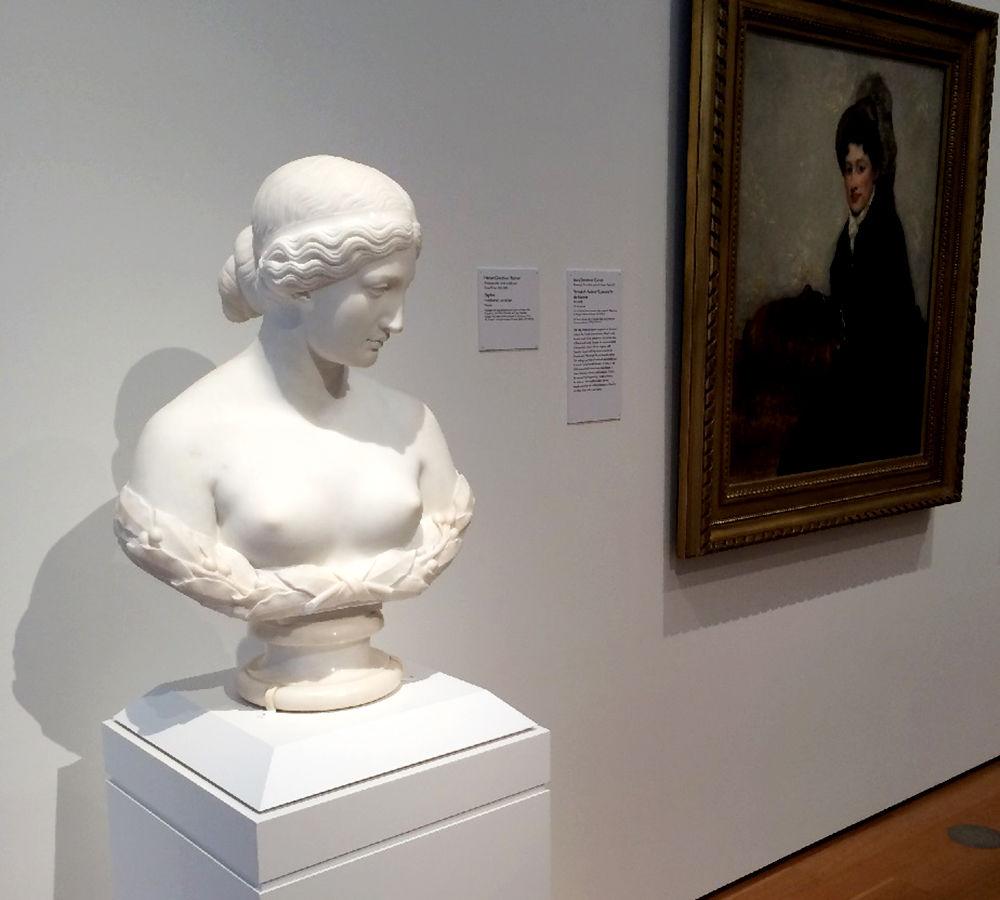If someone were to ask you to name five female artists (and not music artists), could you do it? Male artists may come easily to mind, such as Picasso or Van Gogh, but what about the self-portraiture of Frida Khalo or Georgia O’Keeffe’s early exploration of abstraction in art?
In January, the North Carolina Museum of Art (NCMA) officially launched a museum-wide initiative called Matrons of the Arts. The initiative presents programs, exhibitions and art acquisitions by and about women artists to bring attention and recognition to women who are and continue to be major figures in the art world.
Marjorie Hodges, the director of external relations and special projects at the NCMA, described what Matrons of the Arts is about.
“It is an initiative to bring more awareness to women artists and that means both in our permanent collection and in rotating exhibitions,” Hodges said. “It’s also supporting women who are philanthropists and supporting the arts and artists and teachers.”
The initiative also aims to elevate the word matron to mean a “champion, friend and leader,” according to Hodges. The initiative is all about education, representation and recognizing women artists both around the world and in our local community. Hodges said men are also supporting this initiative as well.
In addition to curating works by women, the NCMA will also have events and exhibitions as part of the initiative.
“We’re having a series of lectures and educational programs that are focused on women,” Hodges said. “We are also trying to support women artists in our community just by doing studio visits and sharing information [about] women in the arts.”
In the last century, there have not been many women artists in museum collections, according to Hodges. In addition to this, women in the past often weren’t able to get education in the arts and sometimes artworks that were created by a woman had credit given to the man that was working with her.
“It’s important to realize that there are great men artists, there are great women artists […] there is a diverse group of artisans working around the world and so we’re just trying to make it more balanced, more inclusive,” Hodges said.
Linda Dougherty, chief curator and curator of contemporary art, spoke about how artworks by female artists are curated at the NCMA.
“We’re always out there looking and I think most curators generally have a running wish list of people whose works they want in the collection and it’s a mix of very established artists and younger, more emerging artist,” Dougherty said. “One of the first pieces the initiative acquired for the museum was a 19th century marble piece, so a little bit older than what I would normally do.”
This kind of initiative was long overdue and now it seems timelier than ever, according to Dougherty.
“I hope it just keeps getting bigger and I hope it’s part of a project that other museums will take on as well,” Dougherty said. “We were inspired by the Museum of Women in the Arts which is in Washington, D.C. They recently did a thing where they asked people to name five women artists and very few people could come up with it.”
Dougherty said more museums are starting to participate in the idea in general and that will help the movement become much bigger.
“We are committed to this project, as well as, diversity in general,” Hodges said. “It’s a top priority — inclusion and creating experiences at the museum. I believe that when you learn more about the artist — be them women or men — when you learn more about the artist, then you learn more about their process and also the concepts behind their work, then you have a better experience at the museum, so everything that we’re doing is to try to create a more robust and multisensory experience.”













